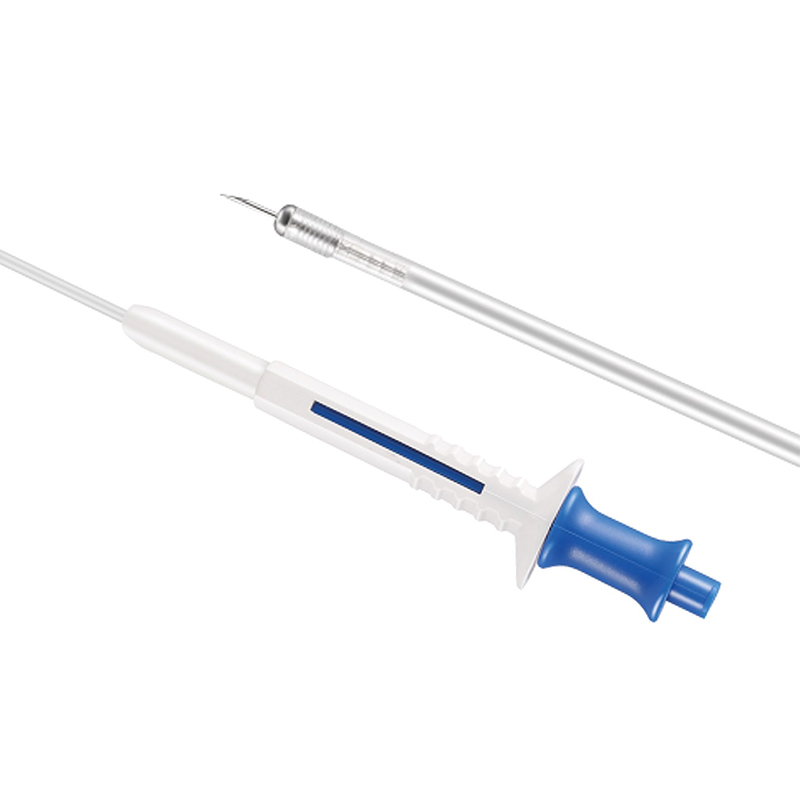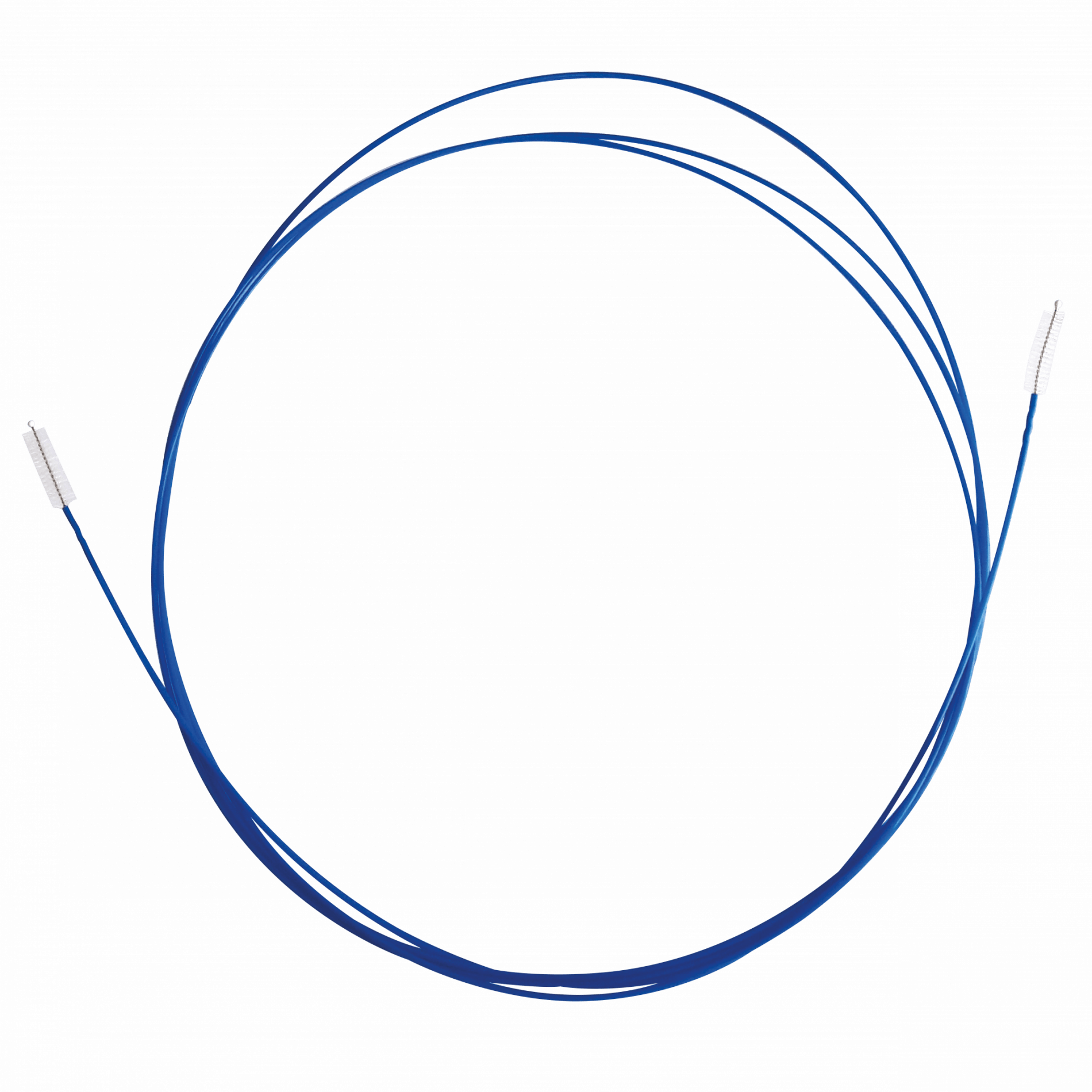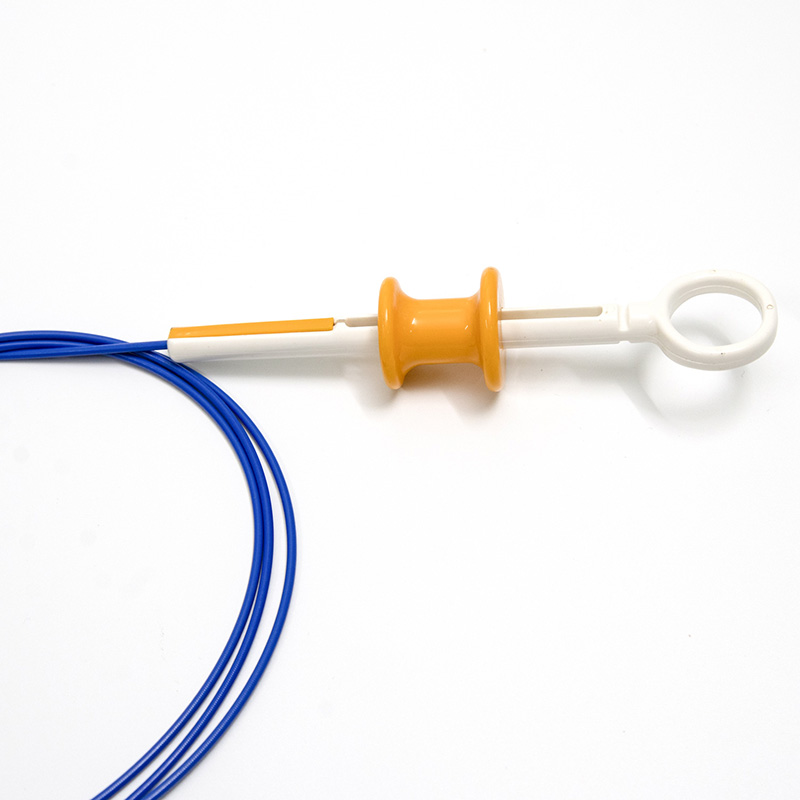
OEM/ODM Supplier Endoclip Colonoscopy - Endoscopy Medical Disposable Ligation Devices Polypectomy Snare – ZhuoRuiHua
OEM/ODM Supplier Endoclip Colonoscopy - Endoscopy Medical Disposable Ligation Devices Polypectomy Snare – ZhuoRuiHua
OEM/ODM Supplier Endoclip Colonoscopy - Endoscopy Medical Disposable Ligation Devices Polypectomy Snare – ZhuoRuiHua Detail:
Application
ZRH Med provides disposable cold snares which perfectly balances high quality with cost effectiveness. Available in different shapes, configurations and sizes to suit different clinical needs.
Used for cutting small or medium sized polyps in the gastrointestinal tract.
Specification
| Model | Loop Width D-20% (mm) | Working Length L ± 10% (mm) | Sheath O.D.D ± 0.1 (mm) | Characteristics | |
| ZRH-RA-18-120-15-R | 15 | 1200 | Φ1.8 | Oval Snare | Rotation |
| ZRH-RA-18-120-25-R | 25 | 1200 | Φ1.8 | ||
| ZRH-RA-18-160-15-R | 15 | 1600 | Φ1.8 | ||
| ZRH-RA-18-160-25-R | 25 | 1600 | Φ1.8 | ||
| ZRH-RA-24-180-15-R | 15 | 1800 | Φ2.4 | ||
| ZRH-RA-24-180-25-R | 25 | 1800 | Φ2.4 | ||
| ZRH-RA-24-180-35-R | 35 | 1800 | Φ2.4 | ||
| ZRH-RA-24-230-15-R | 15 | 2300 | Φ2.4 | ||
| ZRH-RA-24-230-25-R | 25 | 2300 | Φ2.4 | ||
| ZRH-RB-18-120-15-R | 15 | 1200 | Φ1.8 | Hexagonal Snare | Rotation |
| ZRH-RB-18-120-25-R | 25 | 1200 | Φ1.8 | ||
| ZRH-RB-18-160-15-R | 15 | 1600 | Φ1.8 | ||
| ZRH-RB-18-160-25-R | 25 | 1600 | Φ1.8 | ||
| ZRH-RB-24-180-15-R | 15 | 1800 | Φ1.8 | ||
| ZRH-RB-24-180-25-R | 25 | 1800 | Φ1.8 | ||
| ZRH-RB-24-180-35-R | 35 | 1800 | Φ1.8 | ||
| ZRH-RB-24-230-15-R | 15 | 2300 | Φ2.4 | ||
| ZRH-RB-24-230-25-R | 25 | 2300 | Φ2.4 | ||
| ZRH-RB-24-230-35-R | 35 | 2300 | Φ2.4 | ||
| ZRH-RC-18-120-15-R | 15 | 1200 | Φ1.8 | Crescent Snare | Rotation |
| ZRH-RC-18-120-25-R | 25 | 1200 | Φ1.8 | ||
| ZRH-RC-18-160-15-R | 15 | 1600 | Φ1.8 | ||
| ZRH-RC-18-160-25-R | 25 | 1600 | Φ1.8 | ||
| ZRH-RC-24-180-15-R | 15 | 1800 | Φ2.4 | ||
| ZRH-RC-24-180-25-R | 25 | 1800 | Φ2.4 | ||
| ZRH-RC-24-230-15-R | 15 | 2300 | Φ2.4 | ||
| ZRH-RC-24-230-25-R | 25 | 2300 | Φ2.4 | ||
Products Description

360°Rotatable Snare Degign
Provide 360 degree rotation to help access difficult polyps.

Smooth Sheath
Prevent damage to your endoscopic channe
Standard Power Connection
Compatible with all main high-frequency devices on the market
Application for ESD OR EMR
In addition to organ resection, endoscopic submucosal dissection (ESD) and endoscopic mucosal resection (EMR) are also available as methods of choice for the removal of early tumorous changes in the gastrointestinal tract. If the lesion is removed with a snare, it is called an EMR procedure.
The removal of larger areas can even be done in several pieces. If large lesions are to be ablated en bloc, the ESD procedure is suitable. Here, the resection is not performed with snares, but with special electrosurgical knives. The choice of the right procedure depends on the respective risk of malignancy.
Product detail pictures:
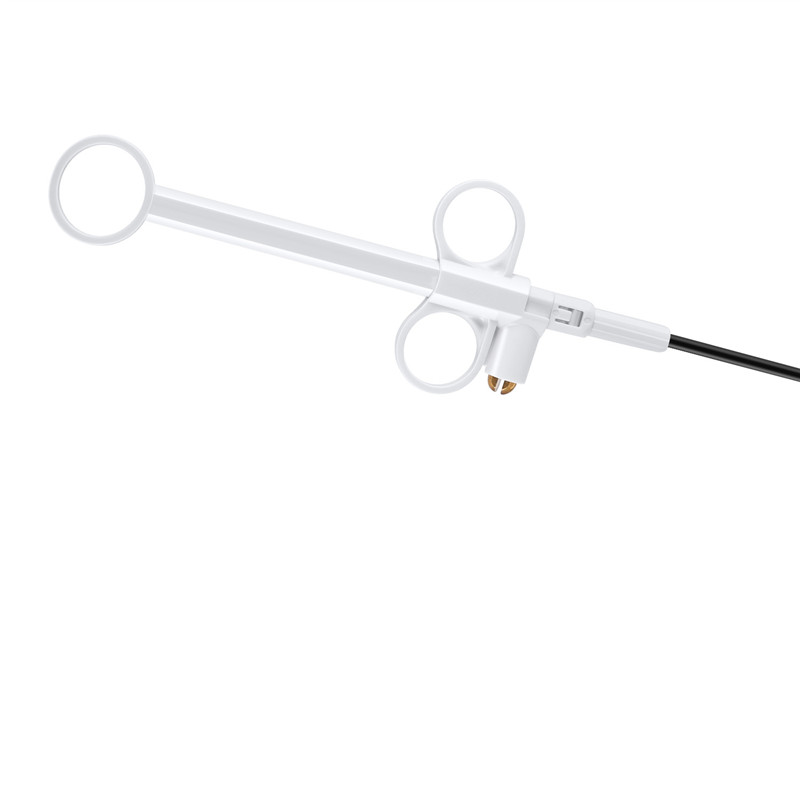


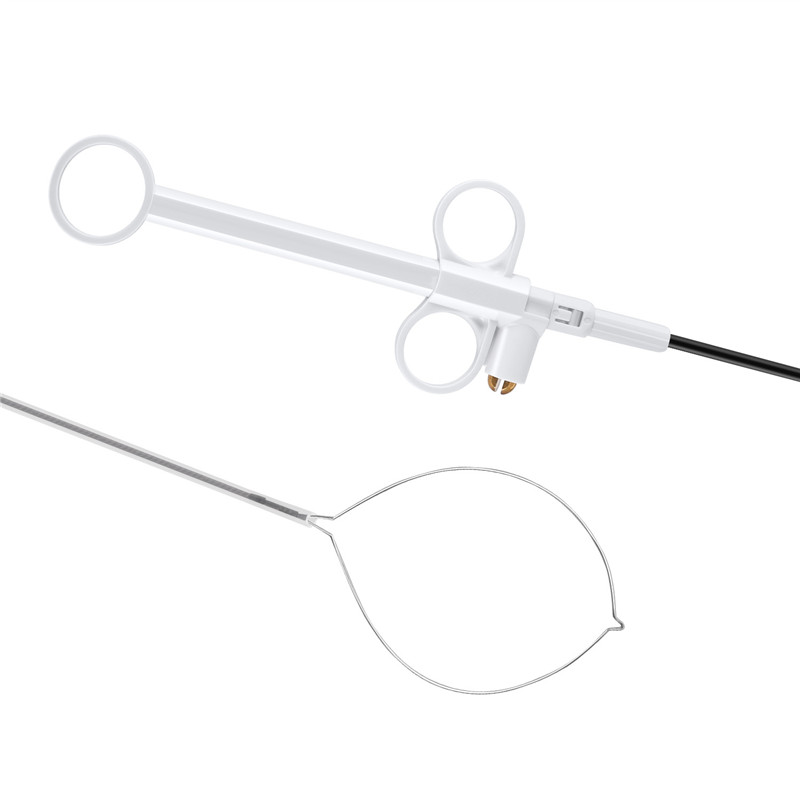
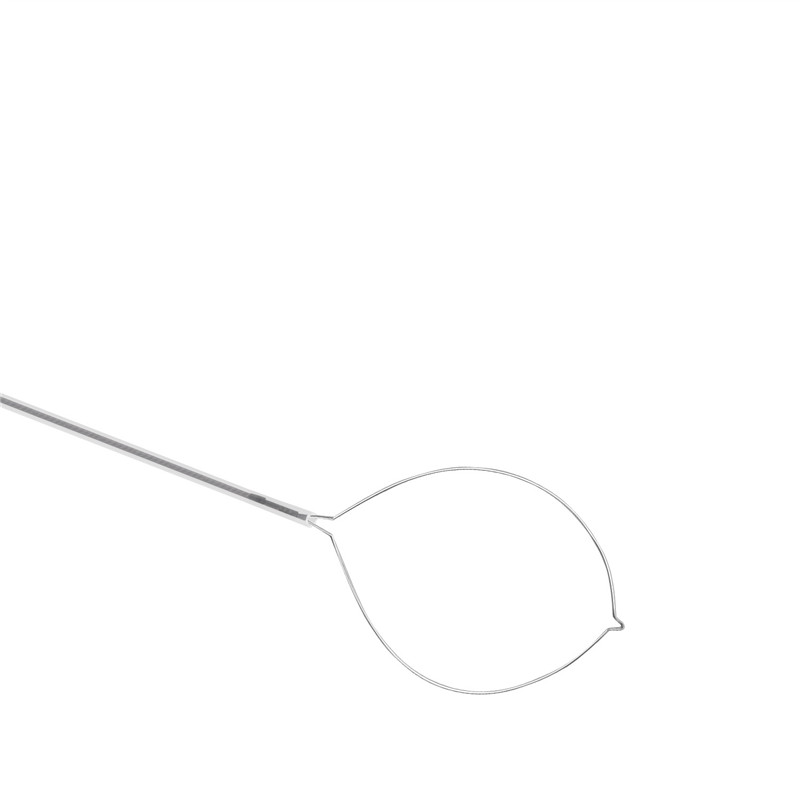
Related Product Guide:
So as to provide you with ease and enlarge our business, we even have inspectors in QC Crew and guarantee you our best company and solution for OEM/ODM Supplier Endoclip Colonoscopy - Endoscopy Medical Disposable Ligation Devices Polypectomy Snare – ZhuoRuiHua , The product will supply to all over the world, such as: Sri Lanka, Washington, Porto, Our company has abundant strength and possesses a steady and perfect sales network system. We wish we could establish sound business relationships with all customers from at home and abroad on the basis of mutual benefits.
It can be said that this is a best producer we encountered in China in this industry, we feel lucky to work with so excellent manufacturer.


